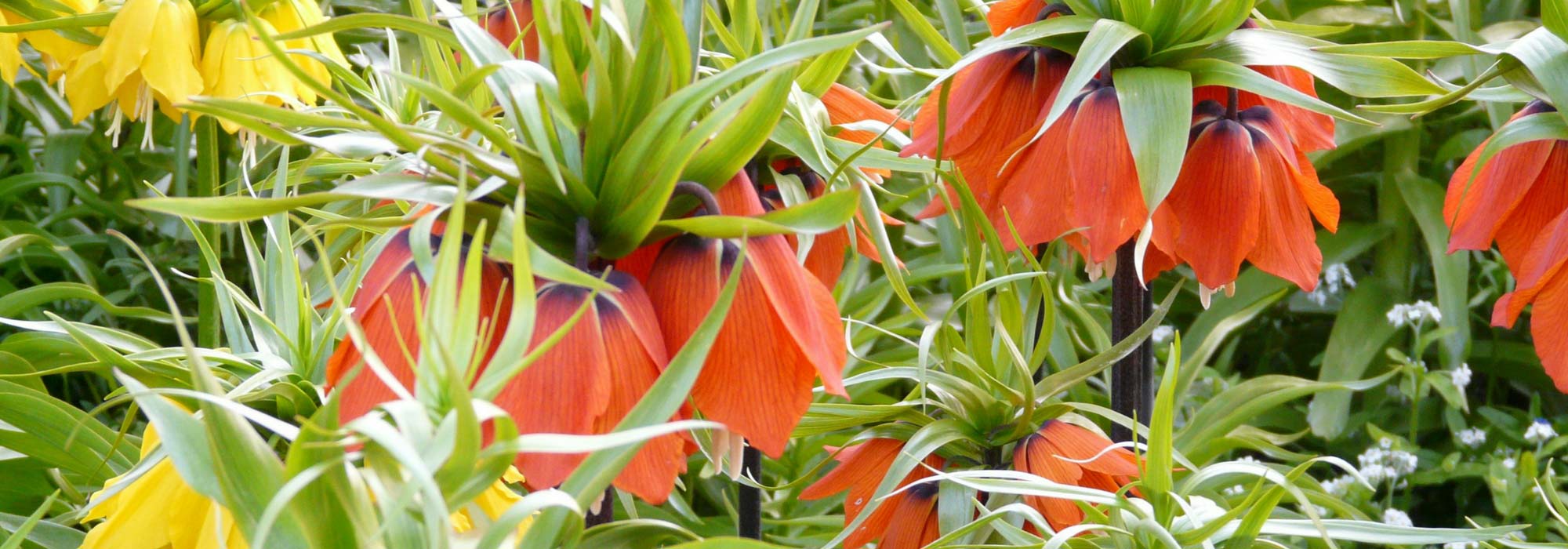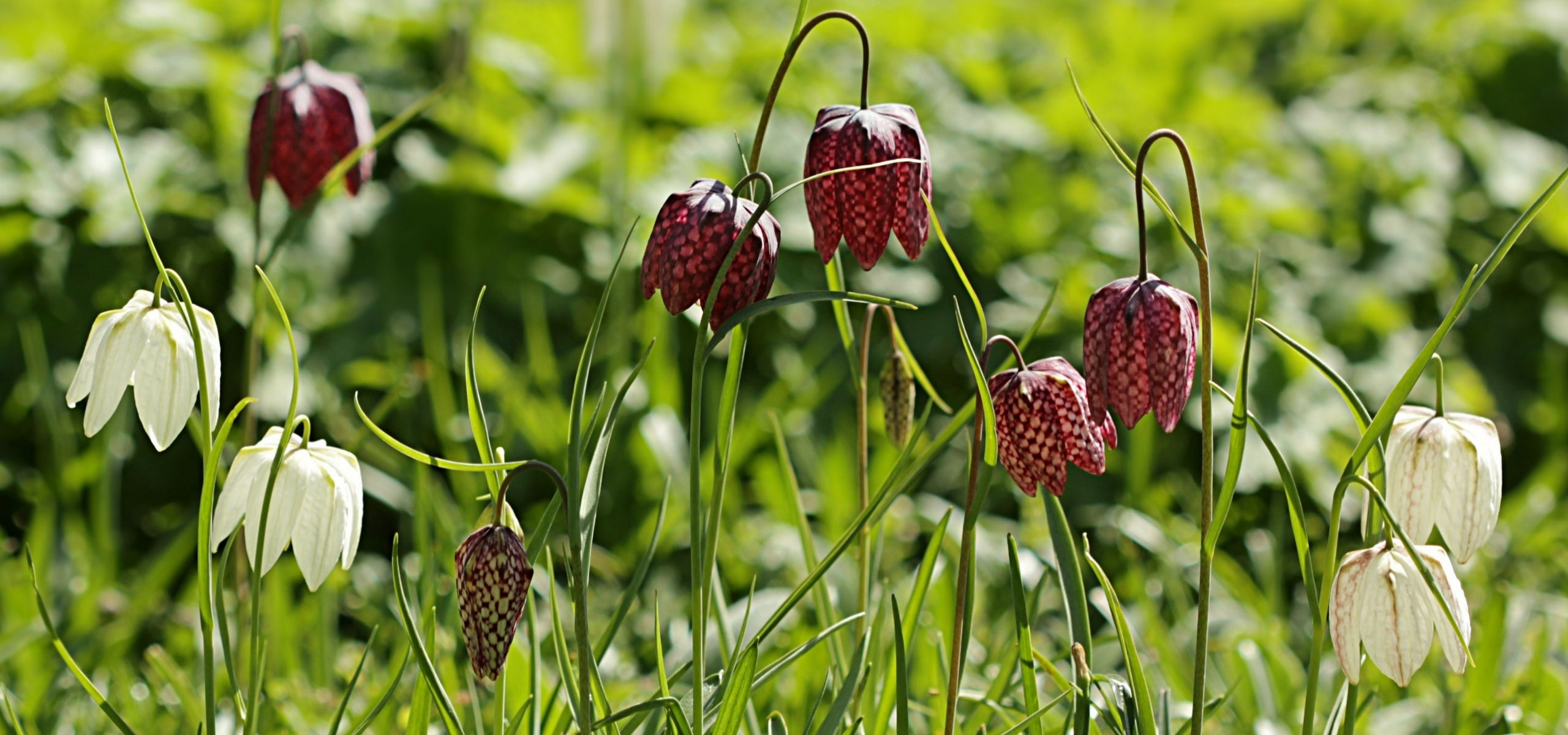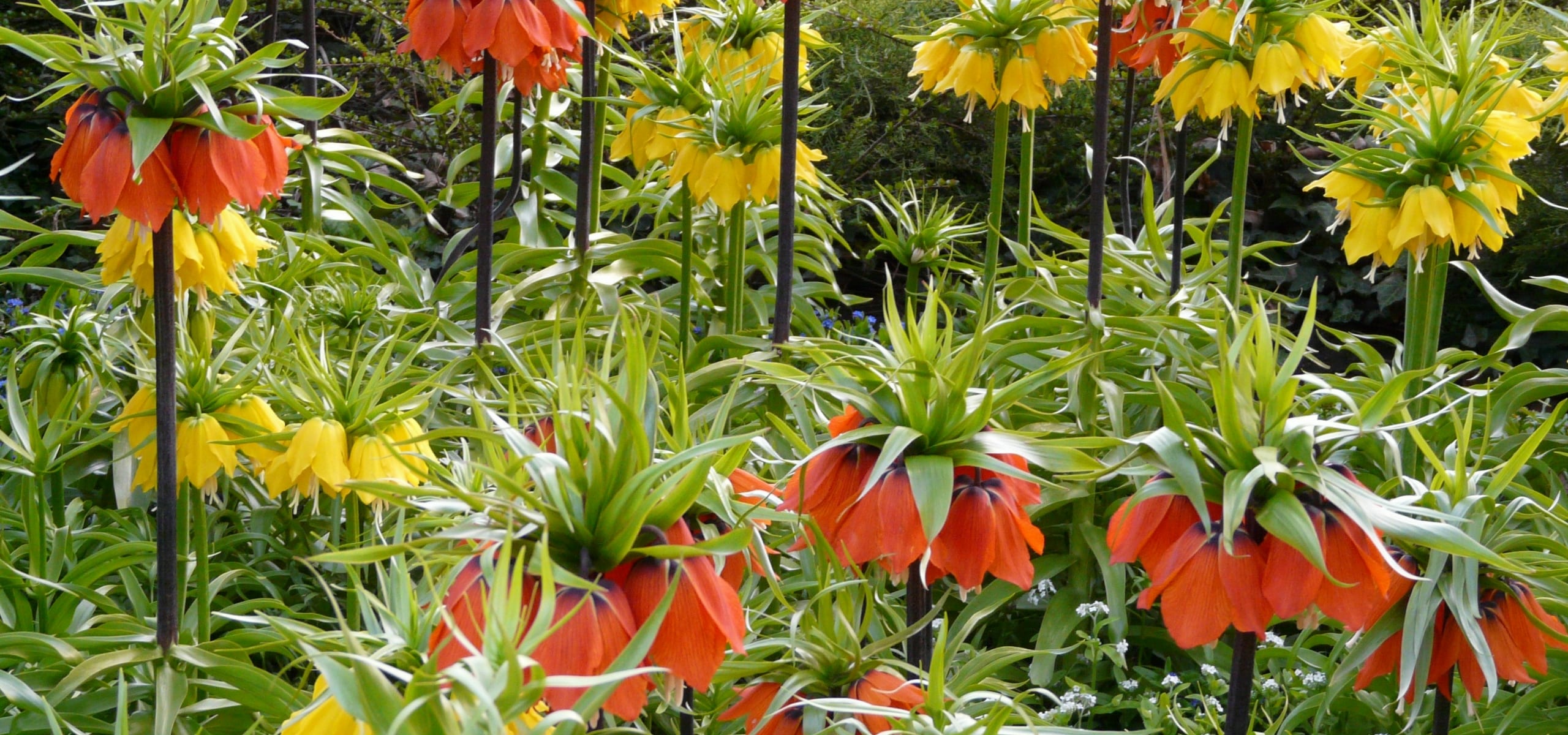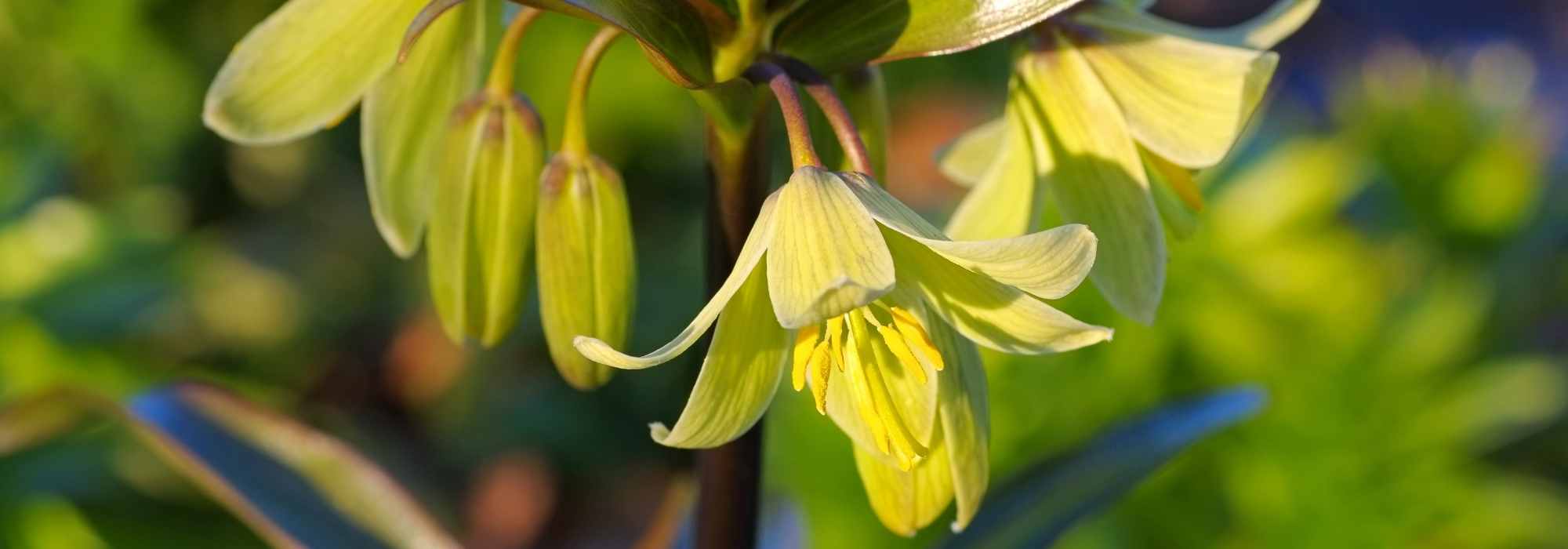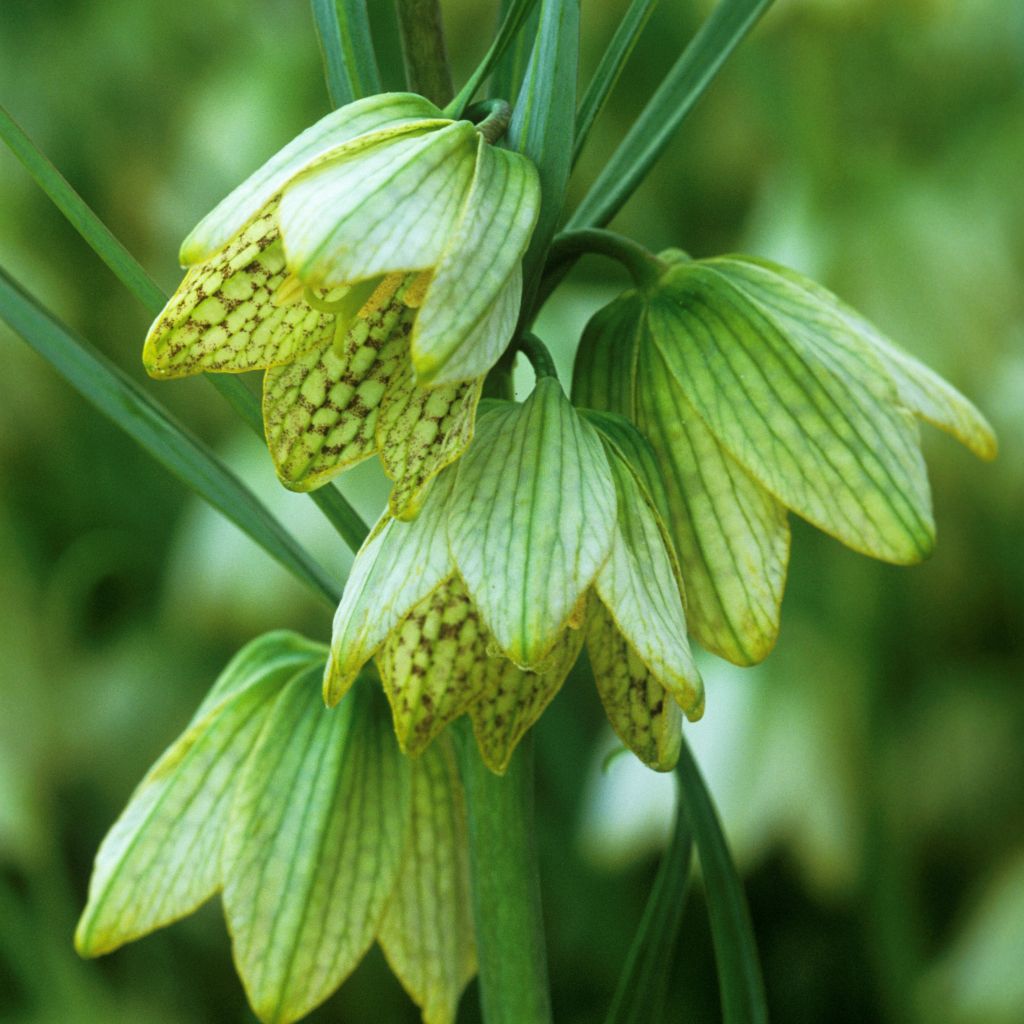

Fritillaria thunbergii
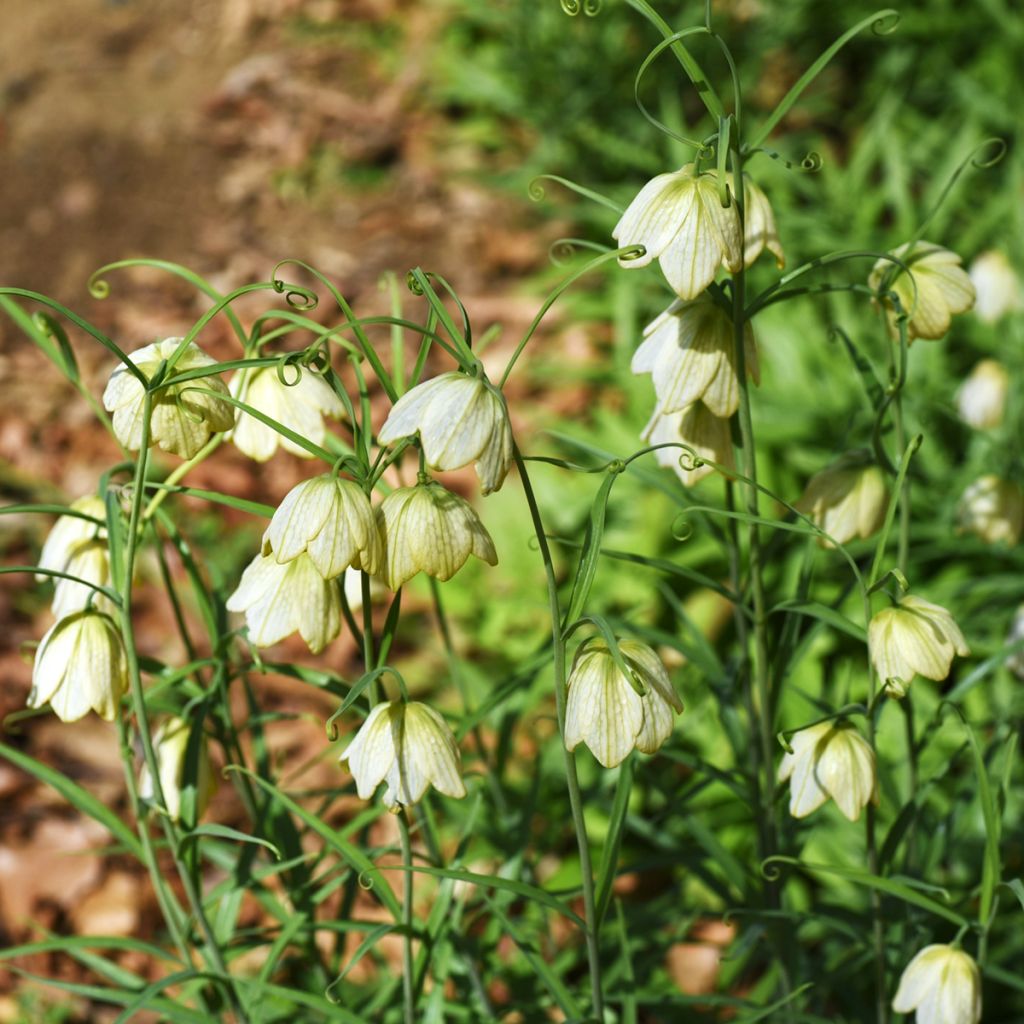

Fritillaire thunbergii - Zhe bei mu
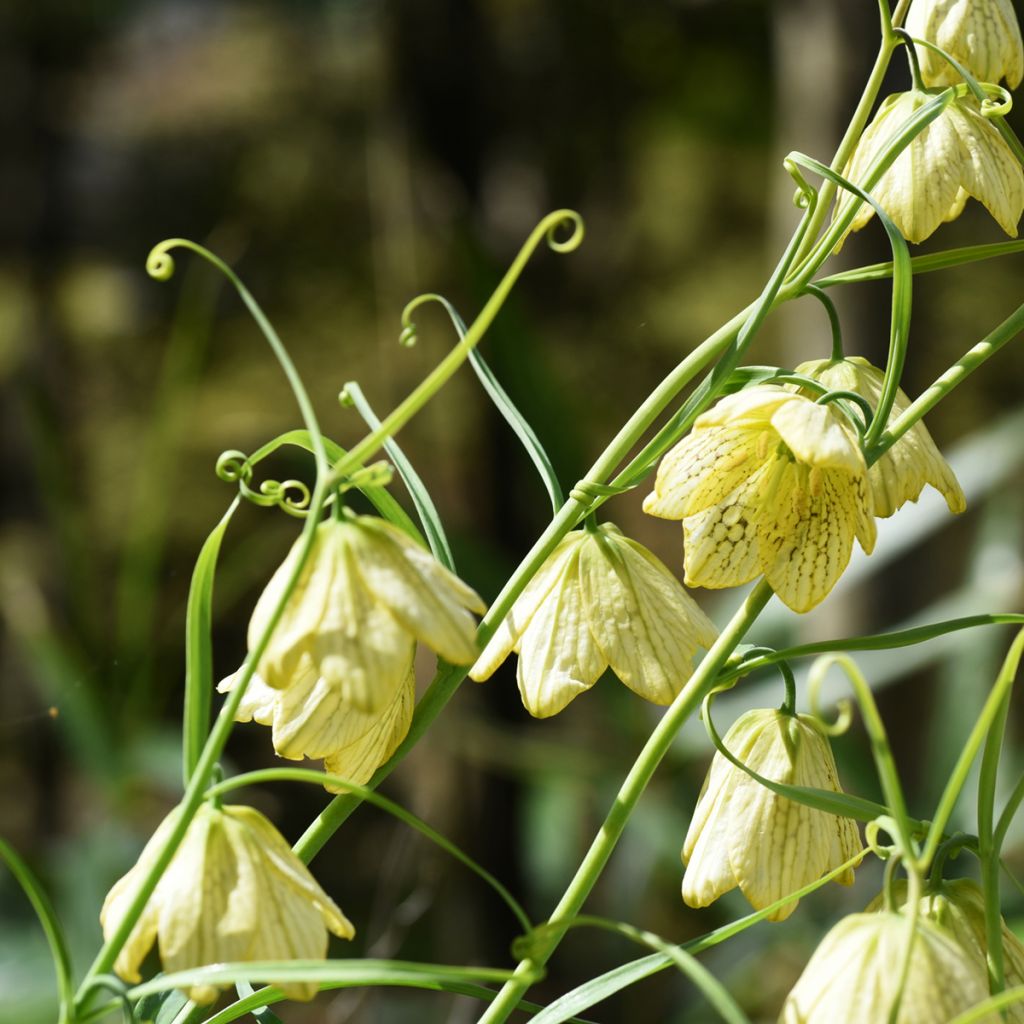

Fritillaire thunbergii - Zhe bei mu
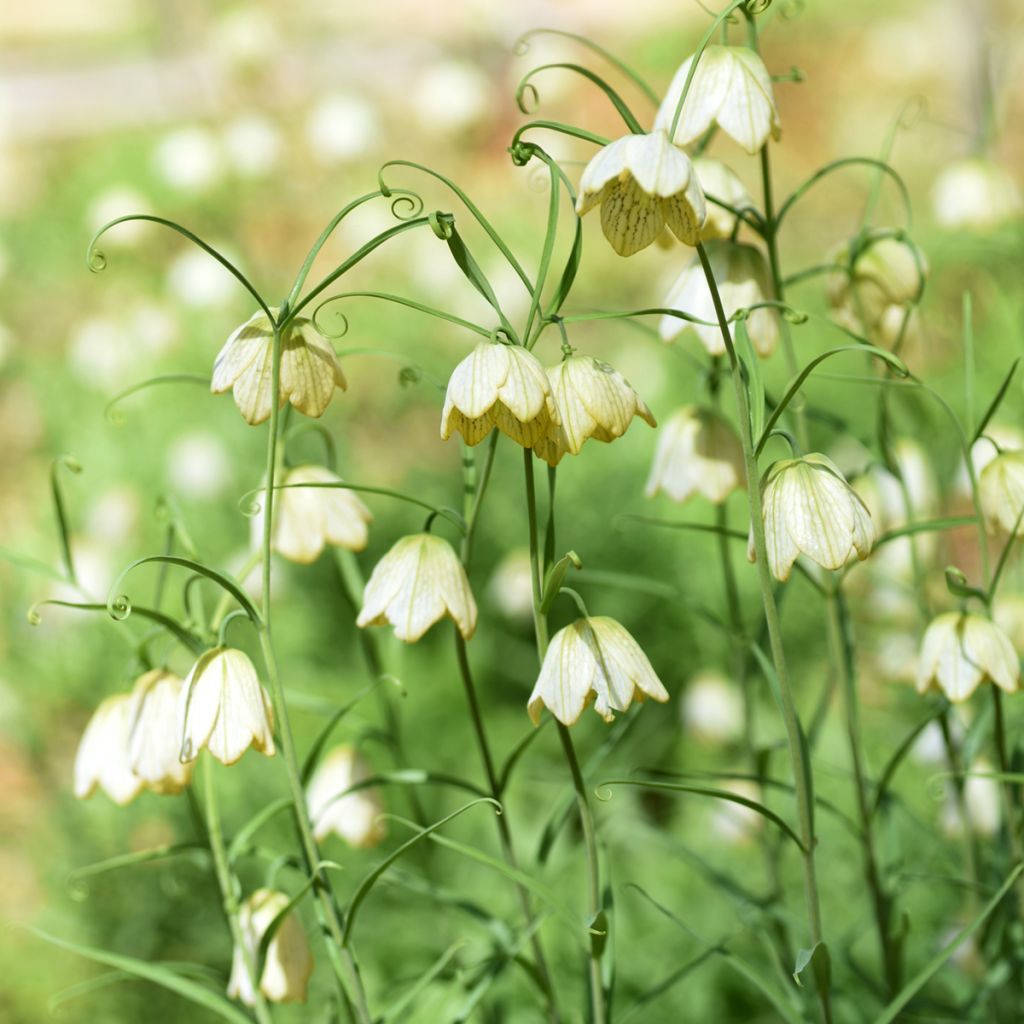

Fritillaire thunbergii - Zhe bei mu
Fritillaria thunbergii
Fritillaria thunbergii
Thunberg Fritillary
Special offer!
Receive a €20 voucher for any order over €90 (excluding delivery costs, credit notes, and plastic-free options)!
1- Add your favorite plants to your cart.
2- Once you have reached €90, confirm your order (you can even choose the delivery date!).
3- As soon as your order is shipped, you will receive an email containing your voucher code, valid for 3 months (90 days).
Your voucher is unique and can only be used once, for any order with a minimum value of €20, excluding delivery costs.
Can be combined with other current offers, non-divisible and non-refundable.
This plant carries a 6 months recovery warranty
More information
We guarantee the quality of our plants for a full growing cycle, and will replace at our expense any plant that fails to recover under normal climatic and planting conditions.

Would this plant suit my garden?
Set up your Plantfit profile →
Description
Fritillaria thunbergii is probably better known to phytotherapists, who call it zhe bei mu, than to amateur gardeners. It is a very pretty bulbous plant originating from Kazakhstan. It also grows under the cover of bamboo in western China. This species is distinguished by its beautiful flowering stems adorned with pale yellow-green bells, appearing from early spring. It will thrive and be very happy in partially shaded and cool areas of the garden, alongside other exotic-looking but hardy plants.
Fritillaria thunbergii belongs to the Liliaceae family. It is native to East Asia, where it is found in shaded and moist areas, from sea level up to 600m (1968ft) altitude. Its whitish bulb, measuring 20 to 30mm (1in) in diameter, is composed of thick scales. Its vegetation emerges from the ground in late winter or early spring. Over time, the plant spreads in width through the production of numerous daughter bulbs, forming lovely clumps. It produces brown stems that can reach up to 60cm (24in) in height when flowering, but more often around 40cm (16in), depending on growing conditions. The light green leaves are narrow and linear, ending in a sort of long tendril. They are gathered in small clusters or whorls on the stem. Flowering takes place from March to May. Several flowers, measuring 3 to 4cm (1 to 2in) in diameter, appear on the upper part of each stem, hanging towards the ground. The exterior of the corolla is pale-yellow, slightly tinged with green and often speckled, while the interior is adorned with a brown mosaic pattern. The plant goes dormant in summer.
Fritillaria thunbergii is particularly well-suited to cool understory environments, and it readily naturalises with Naples cyclamens, for example. The plant tolerates moderate summer drought once well established. Plant the bulbs deeply, under deciduous trees or non-invasive fargesia bamboos, for example. Its bright and delicate flowers pair well with those of daffodils, wood hyacinths, bleeding hearts, and corydalis, for example.
Fritillaria thunbergii in pictures


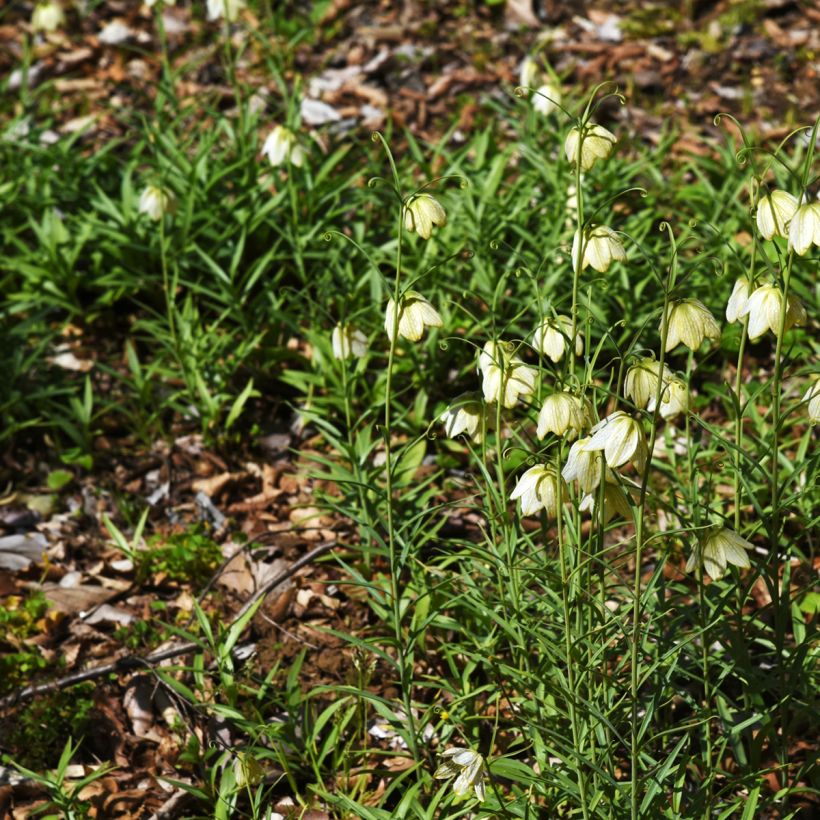

Plant habit
Flowering
Foliage
Botanical data
Fritillaria
thunbergii
Liliaceae
Thunberg Fritillary
Central Asia
Planting and care
This bulbous plant should be planted in autumn at a depth of at least 15 to 20cm (6 to 8in), in well-draining soil. Adding sand or fine gravel, preferably non-limestone, will help prevent bulb rot. After flowering, the leaves should be left to allow the bulb to regenerate. It prefers soils rich in humus, which are moist in spring and slightly drier in summer and winter. Be careful of excessive moisture in winter. Choose a partially shaded location, in the morning sun or under the cover of trees and bushes with light foliage. Fritillary thunbergii can also be grown in a pot with well-draining substrate.
Planting period
Intended location
Care
Planting & care advice
This item has not been reviewed yet - be the first to leave a review about it.
Haven't found what you were looking for?
Hardiness is the lowest winter temperature a plant can endure without suffering serious damage or even dying. However, hardiness is affected by location (a sheltered area, such as a patio), protection (winter cover) and soil type (hardiness is improved by well-drained soil).

Photo Sharing Terms & Conditions
In order to encourage gardeners to interact and share their experiences, Promesse de fleurs offers various media enabling content to be uploaded onto its Site - in particular via the ‘Photo sharing’ module.
The User agrees to refrain from:
- Posting any content that is illegal, prejudicial, insulting, racist, inciteful to hatred, revisionist, contrary to public decency, that infringes on privacy or on the privacy rights of third parties, in particular the publicity rights of persons and goods, intellectual property rights, or the right to privacy.
- Submitting content on behalf of a third party;
- Impersonate the identity of a third party and/or publish any personal information about a third party;
In general, the User undertakes to refrain from any unethical behaviour.
All Content (in particular text, comments, files, images, photos, videos, creative works, etc.), which may be subject to property or intellectual property rights, image or other private rights, shall remain the property of the User, subject to the limited rights granted by the terms of the licence granted by Promesse de fleurs as stated below. Users are at liberty to publish or not to publish such Content on the Site, notably via the ‘Photo Sharing’ facility, and accept that this Content shall be made public and freely accessible, notably on the Internet.
Users further acknowledge, undertake to have ,and guarantee that they hold all necessary rights and permissions to publish such material on the Site, in particular with regard to the legislation in force pertaining to any privacy, property, intellectual property, image, or contractual rights, or rights of any other nature. By publishing such Content on the Site, Users acknowledge accepting full liability as publishers of the Content within the meaning of the law, and grant Promesse de fleurs, free of charge, an inclusive, worldwide licence for the said Content for the entire duration of its publication, including all reproduction, representation, up/downloading, displaying, performing, transmission, and storage rights.
Users also grant permission for their name to be linked to the Content and accept that this link may not always be made available.
By engaging in posting material, Users consent to their Content becoming automatically accessible on the Internet, in particular on other sites and/or blogs and/or web pages of the Promesse de fleurs site, including in particular social pages and the Promesse de fleurs catalogue.
Users may secure the removal of entrusted content free of charge by issuing a simple request via our contact form.
The flowering period indicated on our website applies to countries and regions located in USDA zone 8 (France, the United Kingdom, Ireland, the Netherlands, etc.)
It will vary according to where you live:
- In zones 9 to 10 (Italy, Spain, Greece, etc.), flowering will occur about 2 to 4 weeks earlier.
- In zones 6 to 7 (Germany, Poland, Slovenia, and lower mountainous regions), flowering will be delayed by 2 to 3 weeks.
- In zone 5 (Central Europe, Scandinavia), blooming will be delayed by 3 to 5 weeks.
In temperate climates, pruning of spring-flowering shrubs (forsythia, spireas, etc.) should be done just after flowering.
Pruning of summer-flowering shrubs (Indian Lilac, Perovskia, etc.) can be done in winter or spring.
In cold regions as well as with frost-sensitive plants, avoid pruning too early when severe frosts may still occur.
The planting period indicated on our website applies to countries and regions located in USDA zone 8 (France, United Kingdom, Ireland, Netherlands).
It will vary according to where you live:
- In Mediterranean zones (Marseille, Madrid, Milan, etc.), autumn and winter are the best planting periods.
- In continental zones (Strasbourg, Munich, Vienna, etc.), delay planting by 2 to 3 weeks in spring and bring it forward by 2 to 4 weeks in autumn.
- In mountainous regions (the Alps, Pyrenees, Carpathians, etc.), it is best to plant in late spring (May-June) or late summer (August-September).
The harvesting period indicated on our website applies to countries and regions in USDA zone 8 (France, England, Ireland, the Netherlands).
In colder areas (Scandinavia, Poland, Austria...) fruit and vegetable harvests are likely to be delayed by 3-4 weeks.
In warmer areas (Italy, Spain, Greece, etc.), harvesting will probably take place earlier, depending on weather conditions.
The sowing periods indicated on our website apply to countries and regions within USDA Zone 8 (France, UK, Ireland, Netherlands).
In colder areas (Scandinavia, Poland, Austria...), delay any outdoor sowing by 3-4 weeks, or sow under glass.
In warmer climes (Italy, Spain, Greece, etc.), bring outdoor sowing forward by a few weeks.






























